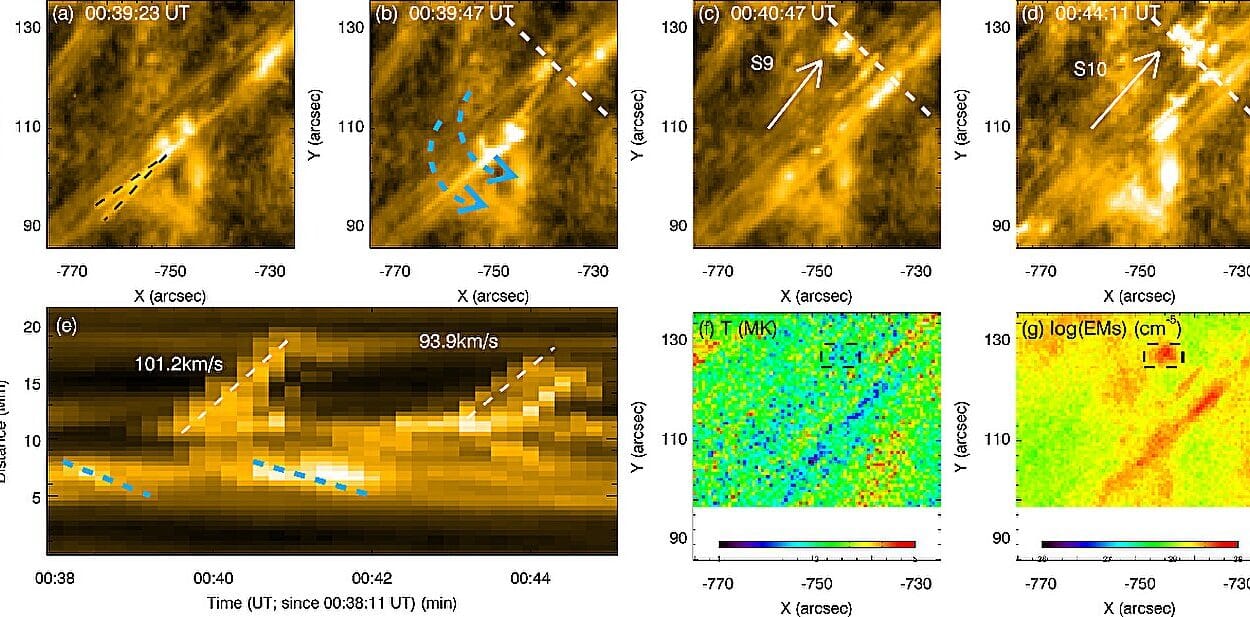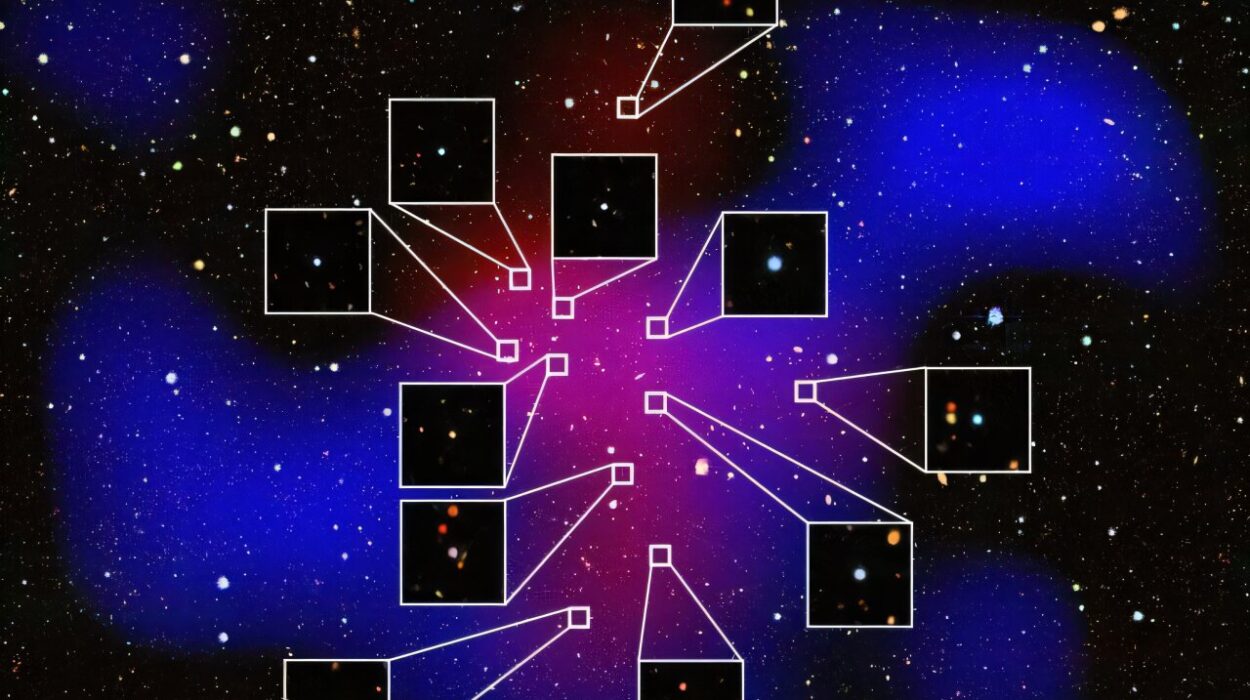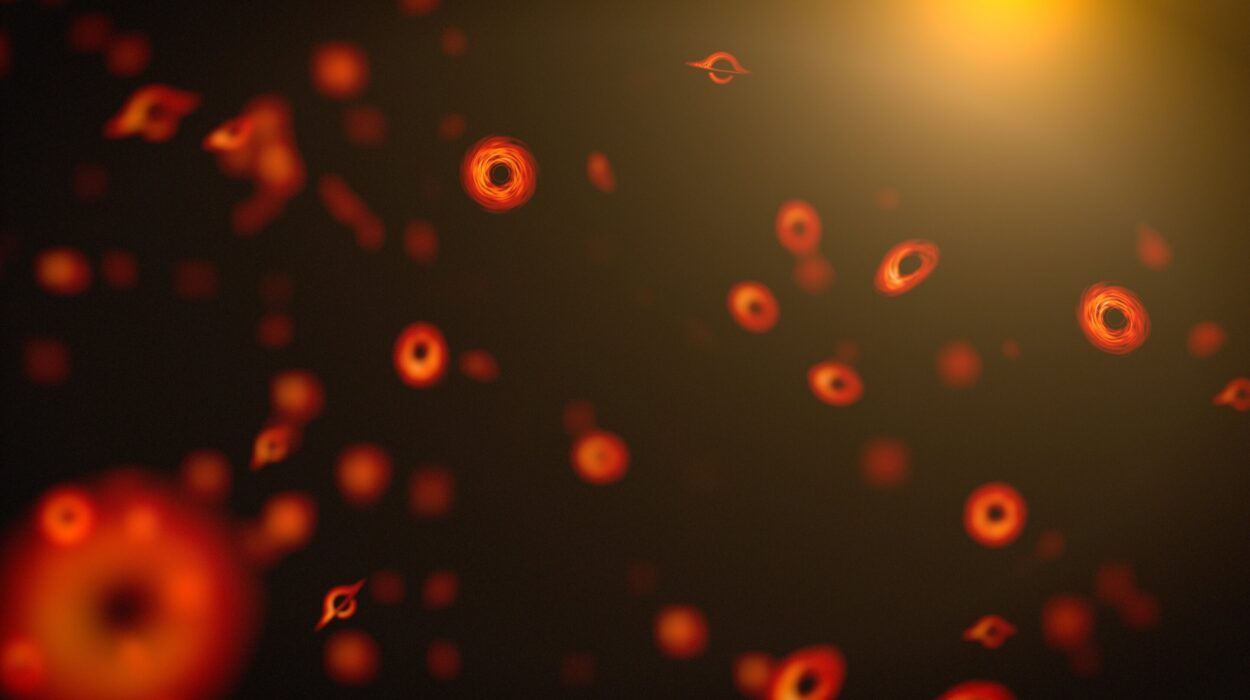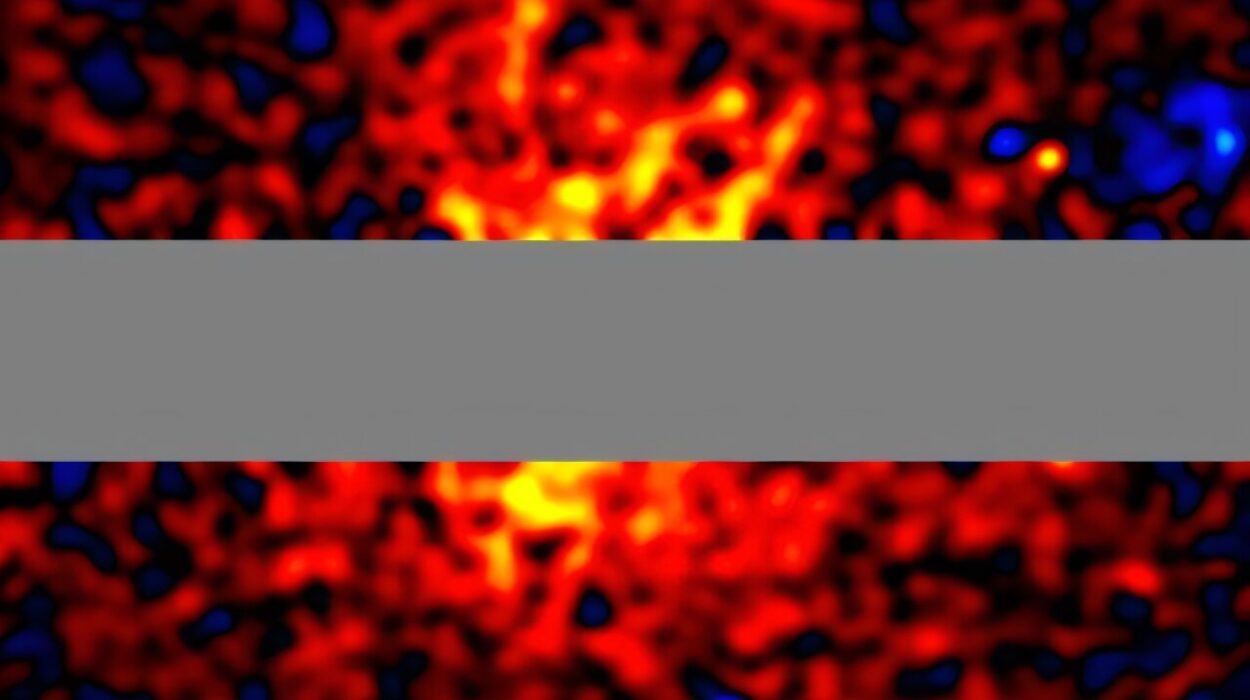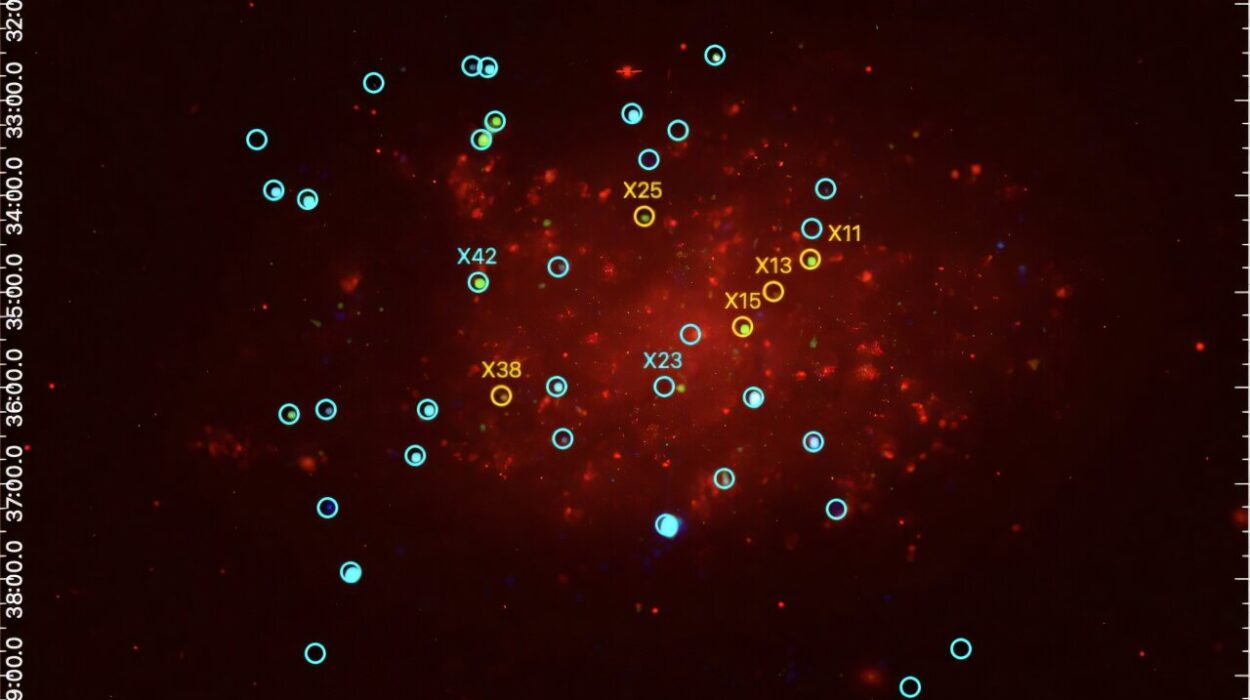An epic dance of destruction and creation that reshapes the universe.
Out there, in the deep, silent voids of space, an ancient and cosmic waltz plays out—an unimaginable spectacle that unfolds over millions, even billions of years. Galaxies, massive cities of stars, gas, dust, and dark matter, sometimes glide past one another in serene passage. But other times? They collide. And when galaxies clash, the universe shudders in slow motion.
These aren’t sudden explosions or chaotic smash-ups like cars on a freeway. A galactic collision is an intricate, drawn-out cosmic encounter—part ballet, part demolition derby. Gravity takes the lead, choreographing a violent yet beautiful interaction that can rip galaxies apart and forge them into something entirely new.
Our Milky Way galaxy has had its share of battles in the past and, billions of years from now, it’s destined for a colossal head-on collision with its neighboring giant, Andromeda. But before we dive into that dramatic future, let’s explore the phenomenon of galactic collisions in all its awe-inspiring glory.
Galaxies: The Titans of the Universe
Before we watch galaxies crash into one another, it’s important to understand what these cosmic giants actually are.
Galaxies are enormous systems bound by gravity, composed of stars, stellar remnants, interstellar gas, dust, and dark matter. They range vastly in size—from dwarfs with a few billion stars to giants with a hundred trillion stars or more. At their hearts often lies a supermassive black hole, quietly or violently consuming matter.
There are several main types of galaxies:
- Spiral galaxies, like our Milky Way, have graceful, winding arms that swirl outward from a dense core. These are rich in gas and dust, birthing new stars regularly.
- Elliptical galaxies are more rounded or oval-shaped, often containing older stars with little gas and dust left to fuel new stellar births.
- Irregular galaxies are chaotic in appearance, often resulting from gravitational interactions or collisions with other galaxies.
Each galaxy is a gravitational kingdom in its own right. But in the vastness of the cosmos, even these titans are not immune to the gravitational pull of others.
The Mechanics of a Galactic Collision
So, what happens when galaxies collide? Do stars crash into each other like billiard balls? Does everything explode in fiery doom?
Not exactly.
Galaxies are mostly empty space. If you scaled the Sun down to the size of a grain of sand, its nearest neighbor, Proxima Centauri, would be another grain of sand about 4 miles away. That’s a lot of empty space! So, when galaxies collide, individual stars almost always pass right by each other, never touching. Instead, it’s their massive clouds of gas and dust that interact, and gravity takes the stage as the master puppeteer.
Gravity: The Cosmic Choreographer
Gravity controls everything in a galactic collision. As two galaxies approach, their mutual gravitational attraction begins to distort their shapes. Tidal forces stretch and warp their elegant structures into long, flowing streams of stars called tidal tails. Some material is flung far into space, while other parts are drawn inward.
These interactions often trigger waves of star formation, called starbursts, as clouds of gas are compressed and collapse under gravity, igniting bursts of newborn stars. Meanwhile, the supermassive black holes at each galaxy’s core might awaken, devouring gas and dust and transforming into active galactic nuclei (AGN), blazing with energy.
Over millions or billions of years, the two galaxies may orbit each other, pass through each other, and eventually merge into one larger, often elliptical, galaxy.
A Slow Dance to Destruction (and Creation)
Step One: The First Encounter
When two galaxies approach each other, they don’t collide instantly. Their dark matter halos interact first, causing subtle gravitational disturbances. As they draw closer, their shapes begin to distort.
Imagine two spirals slowly stretching toward each other, like dancers reaching out for a partner. Their spiral arms may twist, elongate, and even snap off, forming long tidal tails that stream behind them. Streams of stars and clouds of gas are flung far from the galactic centers.
Step Two: The First Collision
As they pass through one another, their central regions—dense with stars, gas, and dark matter—interact strongly. The gravitational forces can shock their gaseous clouds, triggering massive starbursts. These starburst regions may be hundreds of times brighter than typical star-forming regions in undisturbed galaxies.
Meanwhile, black holes at the centers may awaken, pulling in matter and lighting up as quasars or AGN, often outshining the entire galaxy for a time.
Step Three: The Dance Continues
After the first passage, the galaxies may drift apart but remain gravitationally bound. They swing back together, each encounter stripping away more material and causing further distortions.
Step Four: The Final Merger
Eventually, the two galaxies merge completely. Their stars settle into new orbits, and the chaos gradually quiets. The resulting galaxy is often an elliptical galaxy, lacking the defined structure of a spiral. The new, merged galaxy may no longer form stars as actively because much of its gas and dust has been used up or blown away.
The Aftermath: New Galaxies, New Stars, New Worlds
Despite the violence of galactic collisions, they are not agents of pure destruction. Far from it. These titanic encounters can breathe new life into a galaxy, forging countless new stars, and perhaps new solar systems and planets.
Many elliptical galaxies we observe today are thought to be the end products of ancient mergers. Some are home to vast numbers of old stars and giant globular clusters that may have once been entire smaller galaxies swallowed up in the process.
Famous Galactic Collisions in Our Universe
The universe is littered with examples of galaxies caught in the act of collision. Thanks to powerful telescopes like Hubble and the James Webb Space Telescope (JWST), we have front-row seats to these epic events.
The Antennae Galaxies (NGC 4038/NGC 4039)
Perhaps the most famous galactic collision in our night sky, the Antennae Galaxies, are two spiral galaxies about 60 million light-years away in the constellation Corvus. They’re in the midst of merging, their shapes stretched into long, sweeping antennae-like tails by tidal forces.
The Antennae Galaxies are rich with starburst regions, where massive clusters of young, hot stars shine brightly. The Hubble Space Telescope has captured stunning images of this pair, revealing clusters of millions of stars born from the chaos.
The Mice Galaxies (NGC 4676)
Another spectacular pair, the Mice Galaxies, about 300 million light-years away, are so named because of their long, thin tails that resemble the tails of two cosmic rodents. They’re currently in the process of merging, and their long tidal tails are evidence of the gravitational tug-of-war playing out.
NGC 6240
This distorted, luminous galaxy lies about 400 million light-years away and is the result of two galaxies colliding. At its heart, NGC 6240 boasts not one but two supermassive black holes in the process of spiraling toward a dramatic, inevitable union.
The Milky Way and Andromeda: Our Cosmic Future Collision
Perhaps the most compelling galactic collision of all—for us—is the one that lies in our future. Our own Milky Way galaxy is on a collision course with Andromeda (M31), the closest spiral galaxy to us and our largest galactic neighbor.
How Do We Know?
Thanks to measurements by the Hubble Space Telescope and other instruments, astronomers have been able to track Andromeda’s movement with astonishing precision. It’s hurtling toward us at about 110 kilometers per second (roughly 250,000 miles per hour).
Don’t worry—this isn’t happening tomorrow. The collision is expected to occur in about 4 to 5 billion years. By then, the Sun will be approaching the end of its life, expanding into a red giant and potentially engulfing the inner planets, including Earth (assuming Earth is still habitable by then).
What Will Happen?
When Andromeda and the Milky Way collide, the two galaxies will begin their slow, drawn-out dance of destruction and rebirth. The two spirals will lose their familiar shapes as they tear each other apart. Their stars will pass by each other, and vast clouds of gas will trigger furious waves of new star formation.
After several passes and millions of years of gravitational interaction, they’ll eventually merge into a single, larger elliptical galaxy, sometimes referred to as “Milkomeda” or “Milkdromeda” by astronomers.
Our solar system may be flung into a new orbit, or it might find itself in the heart of the new galaxy. But don’t worry—there’s almost no chance the Sun will collide with another star. Remember, space is mostly empty.
Black Holes: The Heart of the Collision
Many galaxies, including the Milky Way and Andromeda, harbor supermassive black holes at their centers. When galaxies merge, these black holes can interact in astonishing ways.
The Black Hole Dance
As the two galactic cores spiral toward each other, their black holes do too. Over time, they may form a binary system, orbiting each other in a cosmic dance that can last millions of years.
Eventually, they merge in a titanic event that sends gravitational waves rippling through space-time. These ripples, first detected by LIGO in 2015 from much smaller black hole mergers, may one day allow us to “hear” the final union of supermassive black holes from distant galactic collisions.
Quasars and Active Galaxies
When supermassive black holes are fed by the gas and dust funneled toward them during a collision, they can become quasars—galaxies with extremely bright cores. Some of the brightest objects in the universe, quasars can outshine entire galaxies and are often found at the hearts of galactic mergers.
Galactic Cannibalism: When Big Galaxies Eat Small Ones
Collisions aren’t always between equals. In many cases, large galaxies slowly tear apart and consume smaller ones—a process known as galactic cannibalism.
Our Milky Way is a cosmic cannibal. It has devoured many dwarf galaxies over its lifetime and continues to do so. One example is the Sagittarius Dwarf Galaxy, currently being ripped apart and assimilated by the Milky Way’s gravity. The stellar streams left behind by these cannibalized galaxies can be seen stretching across the sky.
This process adds stars to a galaxy’s halo and helps build its overall mass over time. Many of the globular clusters and ancient stars in the Milky Way’s halo may have once belonged to other galaxies.
Galactic Collisions and the Evolution of the Universe
Galactic collisions have played a key role in shaping the universe we see today. In the early universe, galaxies were smaller and closer together. Collisions were more common, helping to build larger, more complex galaxies over billions of years.
From Chaos to Cosmos
The merger history of galaxies is encoded in their structure and the stars they contain. Elliptical galaxies, for example, are often the end products of many collisions. Even isolated galaxies may bear scars of ancient mergers—streams of stars, warped disks, or unusual stellar populations.
By studying galactic collisions, astronomers gain insight into the life cycles of galaxies and the history of the universe itself.
Simulating Galactic Collisions: Peering into the Future
With powerful computers, scientists can simulate galactic collisions in astonishing detail. These simulations help predict what will happen during our future merger with Andromeda and provide clues about how galaxies have evolved over time.
The Millennium Simulation
One of the largest simulations ever undertaken, the Millennium Simulation modeled the evolution of the universe, including the formation and collision of galaxies, across billions of years. It has provided valuable insights into how dark matter influences galactic structure and behavior.
NASA’s Galaxy Merger Simulations
NASA has produced stunning simulations of the Milky Way-Andromeda collision, showing how the two spiral galaxies will twist and warp before finally merging into a giant elliptical galaxy.
Conclusion: Beauty in Destruction
Galactic collisions are some of the most magnificent events in the cosmos. These slow, graceful dances of destruction and creation show us how the universe continually reshapes itself, recycling stars, forming new ones, and building ever larger and more complex structures.
For all their violence, galactic collisions are not merely destructive. They are engines of creation, seeding new stars, new solar systems, and possibly new life. In the grand cosmic timescale, these collisions are essential chapters in the story of the universe.
As we gaze at the night sky, we are looking at galaxies in all stages of life: serene spirals, ancient ellipticals, and chaotic collisions. One day, far in the future, our descendants—or whatever life follows us—may look up from a world in the heart of Milkomeda and remember the time when the Milky Way was a single, lonely spiral in an ancient sky.

